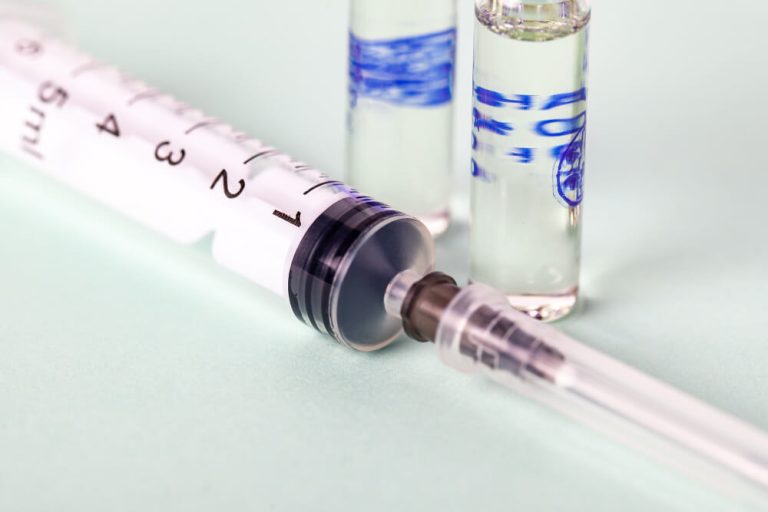The Ultimate Guide to the Modern Biohacking Clinic
In the relentless pursuit of optimal health and peak performance, a new frontier has emerged, blending ancient wisdom with cutting-edge technology. This is the world of biohacking, a practice dedicated to making incremental changes to your body and lifestyle to improve your health, wellness, and longevity. It moves beyond traditional healthcare’s reactive model and into a proactive, personalized space where you are the architect of your own biology.
While the term ‘biohacking’ might conjure images of Silicon Valley executives and complex gadgetry, its core principle is simple: to understand your body’s unique systems and optimize them. This has given rise to a new type of wellness center, a place where science fiction meets practical application. This is the modern biohacking clinic, a facility designed to provide you with the tools, data, and expert guidance needed to unlock your full potential.
These centers are more than just spas or gyms; they are comprehensive hubs for human optimization. They leverage advanced diagnostics and innovative therapies to help you sleep better, think clearer, recover faster, and slow the aging process. It’s about moving from a state of ‘not sick’ to a state of ‘thriving’.
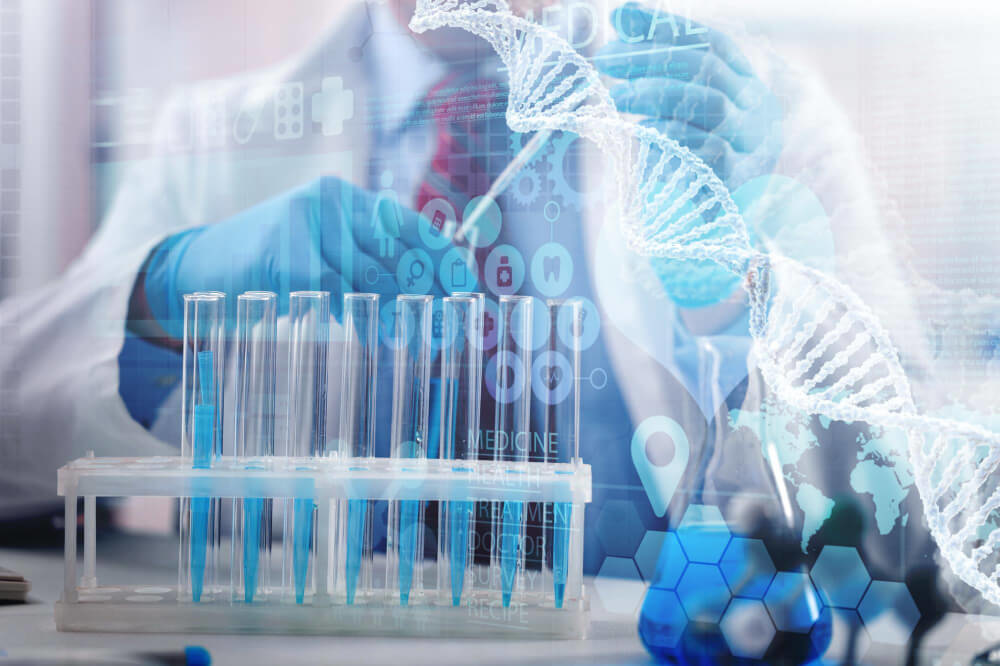
What Exactly is Biohacking?
At its heart, biohacking is the art and science of changing the environment around you and inside you so you have more control over your own biology. It’s a systems-thinking approach to your body. Instead of waiting for a problem to arise and then treating a symptom, biohackers aim to understand the entire system and make adjustments that create better outputs, like increased energy or improved cognitive function.
This can range from simple, do-it-yourself practices like intermittent fasting, meditation, and specific dietary changes to more advanced, technology-driven interventions. The goal is always the same: to make measurable improvements in your physical and mental performance. It’s about asking ‘How can I make this system work even better?’.
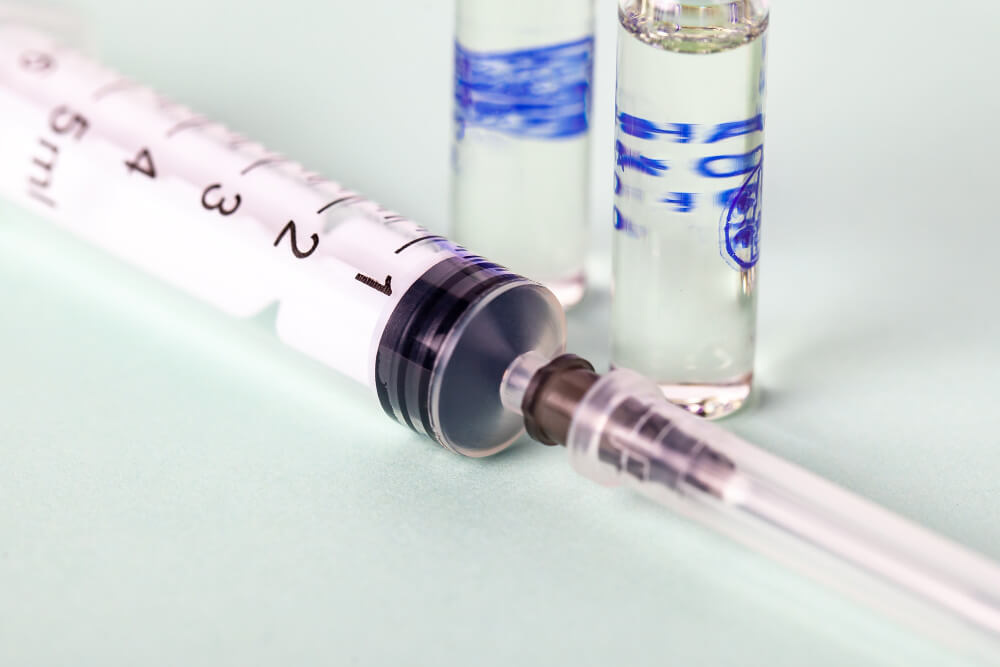
How is a Biohacking Clinic Different from a Regular Doctor’s Office?
Your primary care physician is an essential partner in health, focused on diagnosing and treating illness and disease. Their approach is often reactive, addressing problems after they’ve presented symptoms. A biohacking clinic, on the other hand, operates from a fundamentally proactive and preventative standpoint.
The key difference lies in the objective. A traditional clinic aims to bring you from a state of sickness back to a baseline of health. A biohacking center aims to take you from that baseline of health to a state of optimal performance and enhanced vitality. It’s about optimization, not just treatment.
These clinics utilize a much wider array of diagnostic tools to get a deep, granular picture of your current biological state. They look at everything from genetic markers and hormone levels to cellular energy and brainwave patterns. The therapies offered are then tailored to your specific data, creating a truly personalized roadmap for enhancement.

What Kinds of Services Can You Expect at a Biohacking Center?
A visit to a biohacking clinic can feel like stepping into the future. The services offered are diverse, each targeting a specific biological pathway or system to improve its function. While offerings vary, several core therapies have become staples of these advanced wellness hubs.

Can Advanced Diagnostics Improve Your Health?
Everything in a biohacking clinic starts with data. Before any therapy is recommended, a comprehensive assessment is performed to understand your unique biology. This goes far beyond a standard physical.
These diagnostics can include in-depth blood panels that look at hundreds of biomarkers, from inflammatory markers and hormone levels to micronutrient status and metabolic function. Genetic testing can reveal predispositions and provide insights into how your body processes foods and supplements. Microbiome analysis assesses the health of your gut, which is central to immunity, mood, and overall wellness.
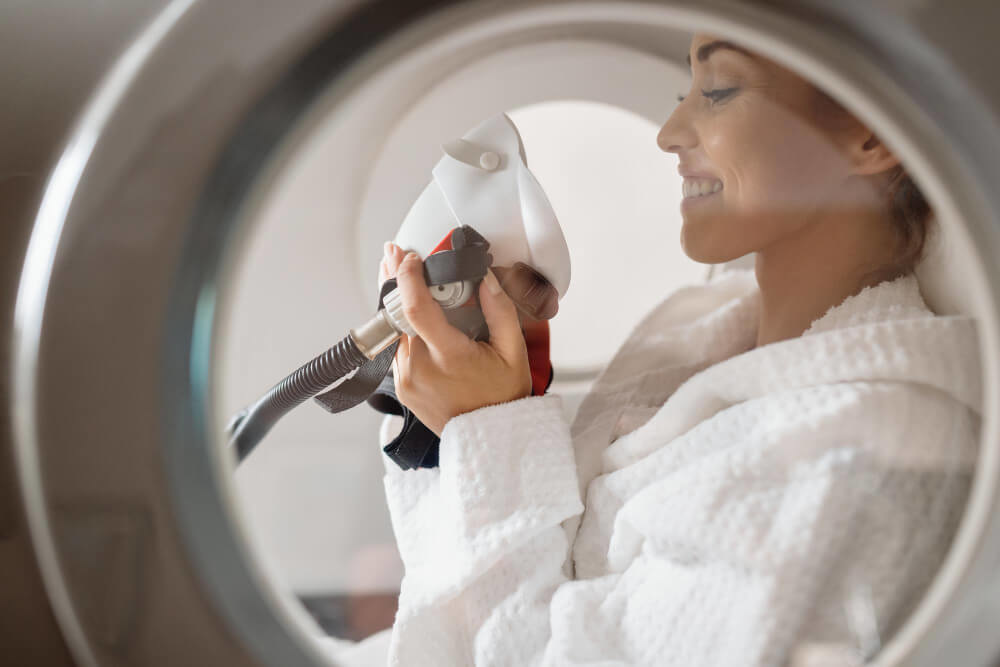
What is IV Drip Therapy?
Intravenous (IV) therapy is a cornerstone of many biohacking clinics. This method delivers vitamins, minerals, antioxidants, and other essential nutrients directly into your bloodstream, bypassing the digestive system for 100% absorption and immediate availability.
Customized drips can be formulated to boost energy, enhance immune function, aid in workout recovery, improve skin health, or deliver powerful anti-aging compounds like NAD+. It’s a highly efficient way to replenish your body at the cellular level and correct nutritional deficiencies that may be hindering your performance.
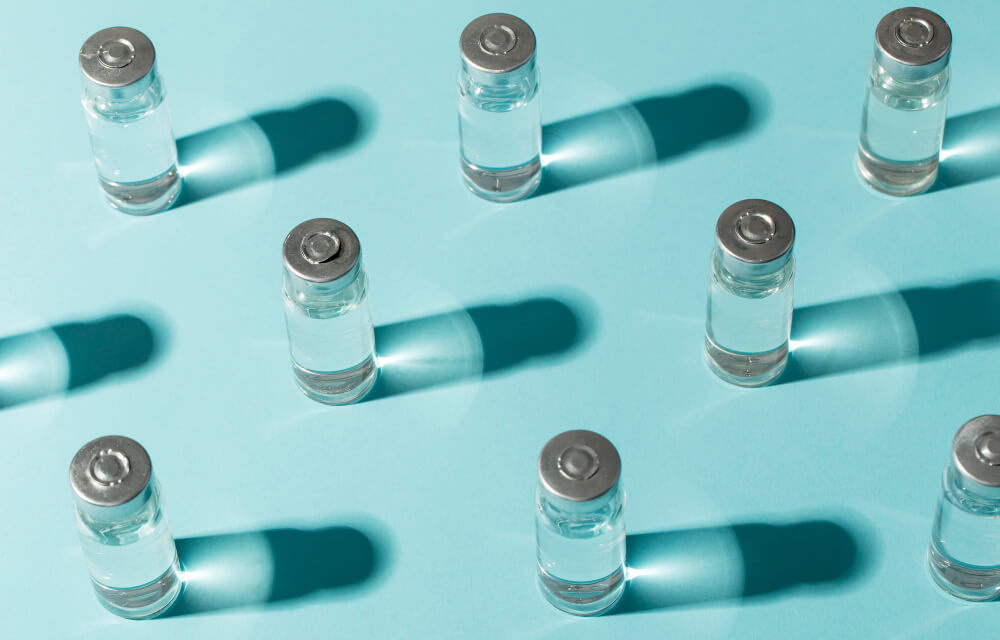
How Does Cryotherapy Work?
Whole-body cryotherapy involves exposing your body to extremely cold temperatures, typically between -150°F and -250°F, for a very short period, usually two to three minutes. This is done in a specialized chamber or cryosauna.
The intense cold triggers a powerful physiological response. It causes blood vessels to constrict and then rapidly dilate once you exit the chamber, flushing metabolic waste and reducing inflammation throughout the body. Users report benefits like reduced muscle soreness, improved mood, increased energy, and even tighter skin due to a boost in collagen production.
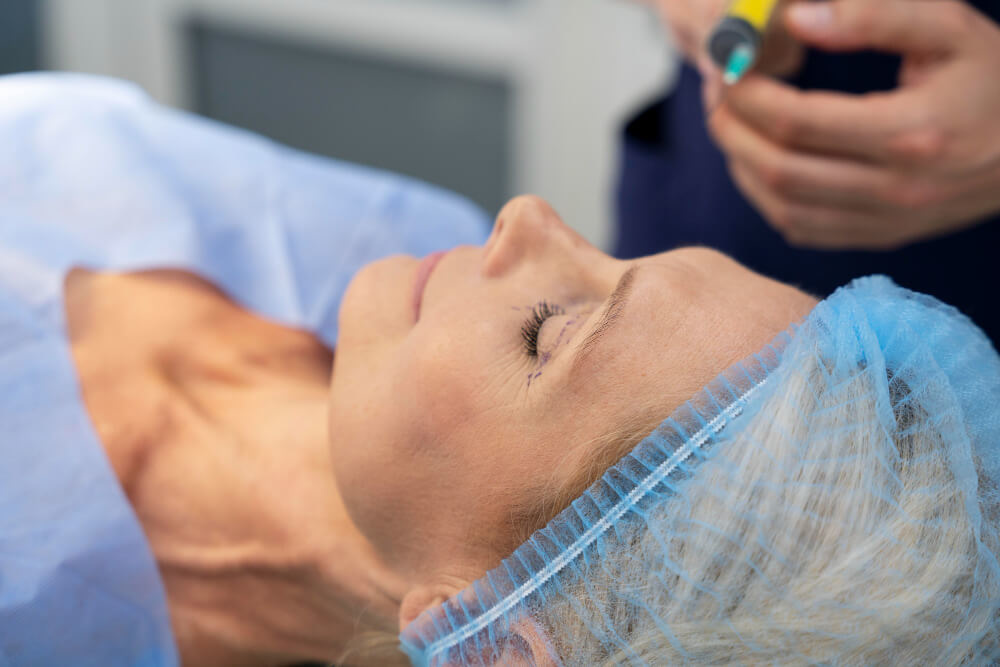
What is Hyperbaric Oxygen Therapy (HBOT)?
One of the most powerful healing modalities available is hyperbaric oxygen therapy. This therapy involves breathing pure oxygen in a pressurized chamber. This environment allows your lungs to gather significantly more oxygen than would be possible at normal air pressure.
This oxygen-rich blood is then circulated throughout your body, promoting healing, stimulating the growth of new blood vessels, and fighting infection. It’s used to accelerate recovery from injuries and surgery, reduce chronic inflammation, improve neurological function, and enhance overall cellular health. It’s a profound tool for regeneration.

Can You Train Your Brain with Neurofeedback?
Biohacking isn’t just about the body; it’s also about optimizing the mind. Neurofeedback is a type of biofeedback that uses real-time displays of brain activity, most commonly electroencephalography (EEG), to teach self-regulation of brain function.
During a session, sensors are placed on your scalp to monitor your brainwaves. You then receive feedback, often in the form of a video game or sound, that tells you when your brain is in a desired state, such as calm focus. Over time, your brain learns to maintain this state on its own, leading to improved attention, reduced anxiety, and better stress management. Some facilities offer incredibly advanced neurofeedback programs designed for profound cognitive enhancement.

What Other Technologies are Used?
Biohacking clinics are constantly adopting new technologies. You might also find services like red light therapy, which uses specific wavelengths of light to improve cellular energy production, reduce inflammation, and heal the skin. Pulsed Electromagnetic Field (PEMF) therapy uses magnetic fields to ‘recharge’ your cells, improving circulation and reducing pain. Infrared saunas are also common, using infrared light to heat the body directly, promoting deep detoxification and relaxation.

Who Should Consider Visiting a Biohacking Clinic?
The audience for biohacking is broad and growing. It’s not just for elite athletes or high-powered CEOs, although they are certainly a key demographic seeking a competitive edge. Anyone interested in taking a proactive role in their health can benefit.
This includes individuals feeling the effects of chronic stress and burnout who are looking for effective recovery tools. It’s for people with nagging chronic conditions that haven’t responded well to conventional treatments. It’s also for the ‘health-span’ enthusiast, someone who wants to not only live longer but also maintain a high quality of life, vitality, and cognitive function well into their later years.
If you feel like you’re operating at less than 100% and want to understand why, a biohacking clinic can provide the data and tools to help you close that gap. It’s for anyone who believes their current state of health is not their final destination.
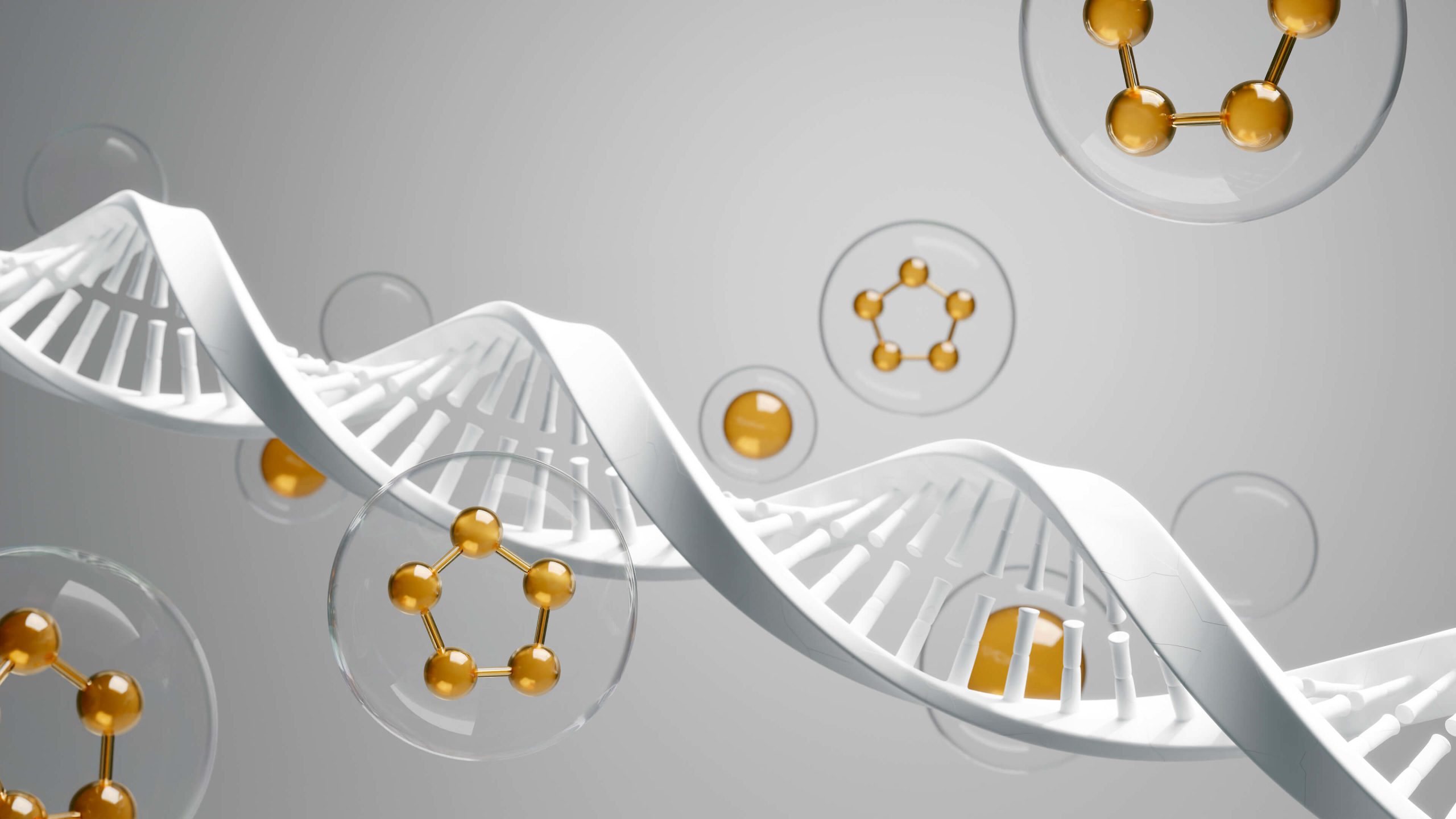
What is the Role of Functional Medicine in Biohacking?
Functional medicine and biohacking are deeply intertwined. Functional medicine is a biology-based approach to healthcare that focuses on identifying and addressing the root cause of disease. It asks ‘Why is this person sick?’ rather than ‘What drug matches this disease?’.
This philosophy is the perfect clinical framework for biohacking. A practitioner trained in functional medicine will use the advanced diagnostics found in a biohacking clinic to uncover underlying imbalances, such as gut dysbiosis, hormonal issues, or hidden inflammation. The Institute for Functional Medicine is a leading organization that trains clinicians in this root-cause methodology.
For example, instead of just noting brain fog, a functional medicine approach would investigate potential causes like food sensitivities, heavy metal toxicity, or Small Intestinal Bacterial Overgrowth (SIBO). They would then use targeted interventions, guided by principles like those found in evidence-based SIBO treatment protocols, to resolve the underlying issue. This synergy creates a powerful, personalized, and effective path to wellness.

How are Top-Tier Longevity Clinics Pushing the Boundaries?
At the highest end of the spectrum are comprehensive longevity centers that integrate biohacking, functional medicine, and preventative diagnostics into a seamless, all-encompassing experience. These facilities represent the pinnacle of proactive health.
They combine a full suite of biohacking therapies with advanced medical imaging like full-body MRIs and CT scans to screen for disease years before symptoms appear. This provides an unparalleled, 360-degree view of your health. Visionaries in this space are creating pioneering longevity centers that aim to make 100 the new 60 by leveraging the best of modern medicine, AI, and wellness technology.
These clinics often involve a multi-disciplinary team of physicians, nutritionists, health coaches, and therapists who collaborate on your personalized health plan. It’s a concierge approach to maximizing both your lifespan and your health-span.
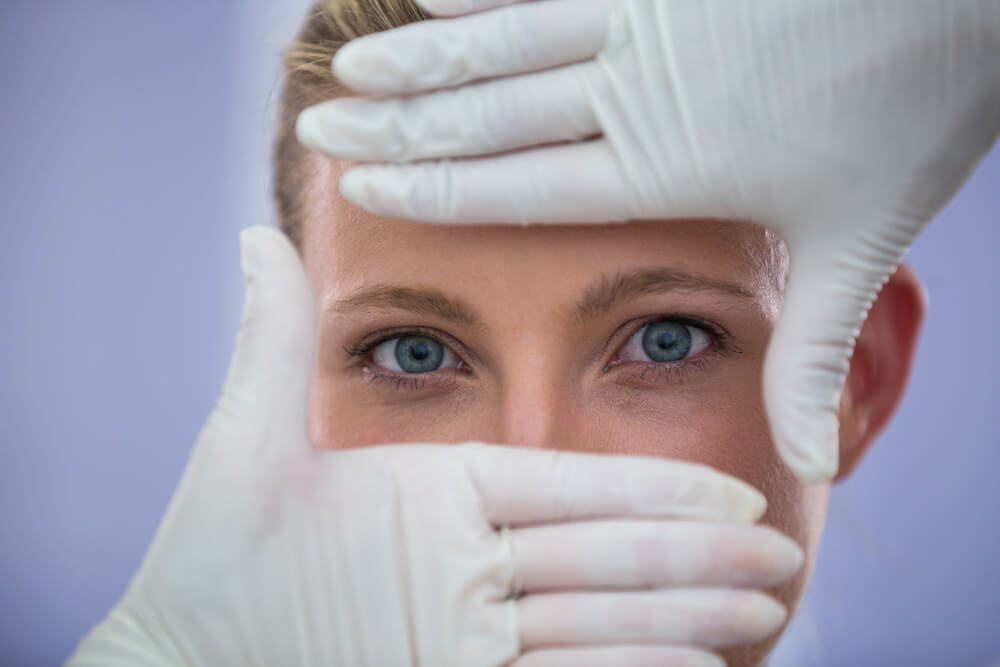
Are You Thinking of Opening Your Own Biohacking Center?
The rapid growth of the wellness industry has made the prospect of opening a biohacking clinic an attractive venture for many healthcare professionals and entrepreneurs. The demand for proactive, personalized health solutions is surging, creating a significant market opportunity.
However, launching such a facility requires careful planning and a deep understanding of both the science and the business. It’s not as simple as buying a few pieces of equipment. A successful clinic is built on a foundation of clinical excellence, safety, and a sustainable operational structure.
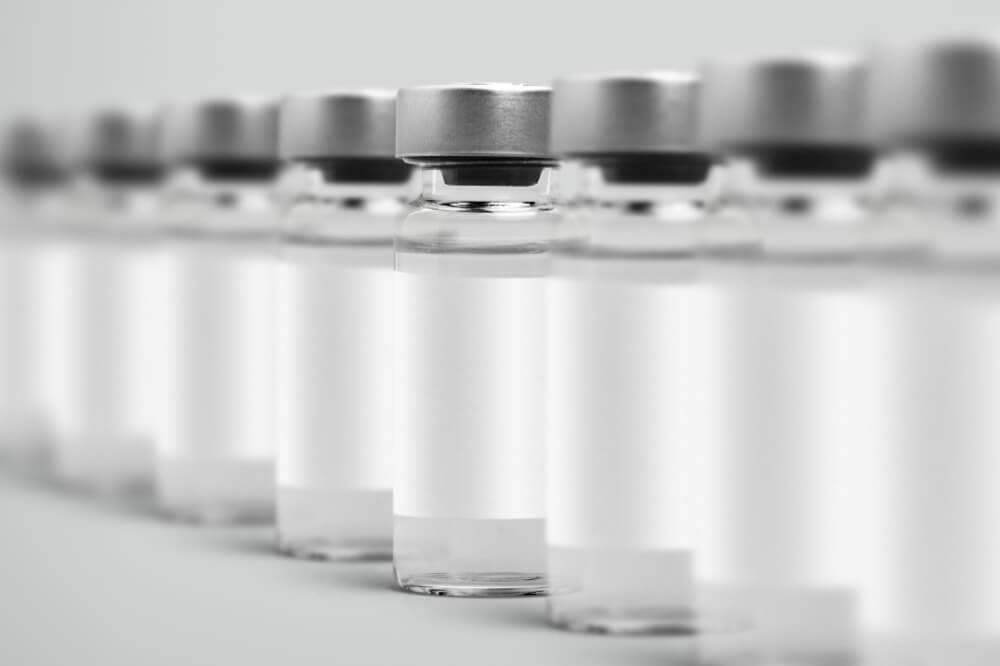
What Does a Successful Business Model Look Like?
Developing a solid plan is crucial. You must consider your target market, service offerings, pricing structure, and marketing strategy. A successful business model for a biohacking center often involves a mix of membership tiers, package deals, and a-la-carte services to cater to different client needs and budgets.
Key considerations include the initial capital investment for high-tech equipment, staffing costs for qualified technicians and clinicians, and ongoing expenses for marketing and facility maintenance. A well-defined model ensures profitability while delivering exceptional value and results to clients.
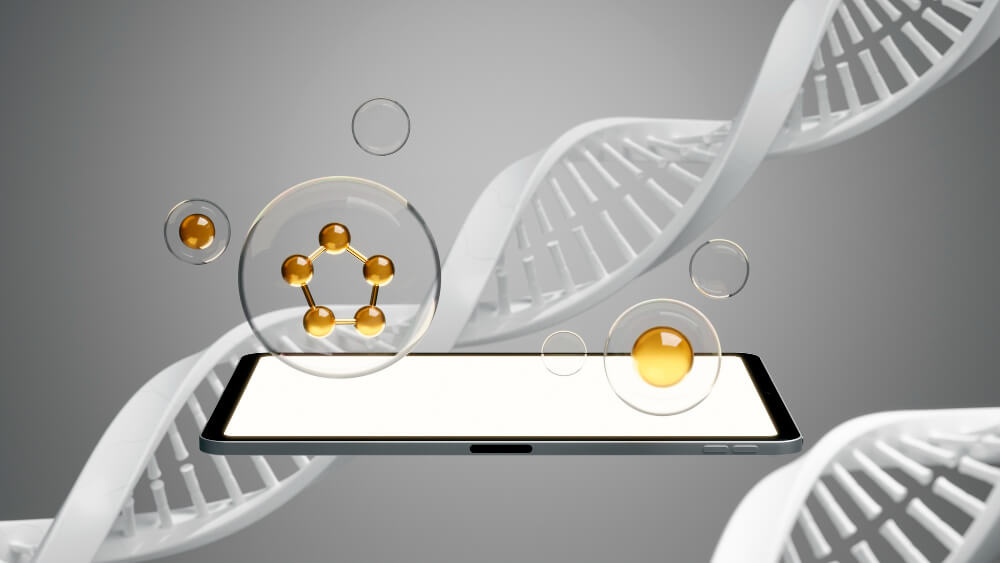
How Do You Ensure Your Clinic is Legitimate and Safe?
Credibility and safety are paramount. In a field that can sometimes be perceived as experimental, establishing trust is non-negotiable. This means adhering to the highest standards of care and operating with full transparency.
Learning how to start a legitimate biohacking clinic involves navigating the regulatory landscape, ensuring all practitioners are properly licensed and trained, and implementing strict safety protocols for every therapy offered. The focus must always be on evidence-based practices and putting the client’s well-being first.

How Do You Choose the Right Biohacking Clinic for You?
With the growing popularity of biohacking, more clinics are opening their doors. Choosing the right one is a critical step in your health journey. Not all centers are created equal, so it’s important to do your research.
First, look for a clinic that is supervised by qualified medical professionals, such as a medical doctor, naturopathic doctor, or a functional medicine practitioner. Their expertise provides a layer of safety and ensures that the therapies are being applied appropriately for your specific health context.
Second, inquire about their diagnostic process. A reputable clinic will insist on comprehensive testing before recommending a suite of services. Be wary of any facility that pushes a one-size-fits-all package without first understanding your individual biology.
Finally, ask about their philosophy and approach. Do they emphasize education and empower you to make lasting lifestyle changes? The best clinics are not just service providers; they are partners and educators in your long-term health optimization journey. A preliminary consultation can tell you a lot about their culture and whether it’s the right fit for you.
Biohacking clinics represent a paradigm shift in how we approach our health. They offer a tantalizing glimpse into a future where we are no longer passive recipients of healthcare, but active participants in our own biological destiny. By harnessing data and technology, these centers provide a powerful platform for anyone looking to live a healthier, more vibrant, and optimized life.
Frequently Asked Questions
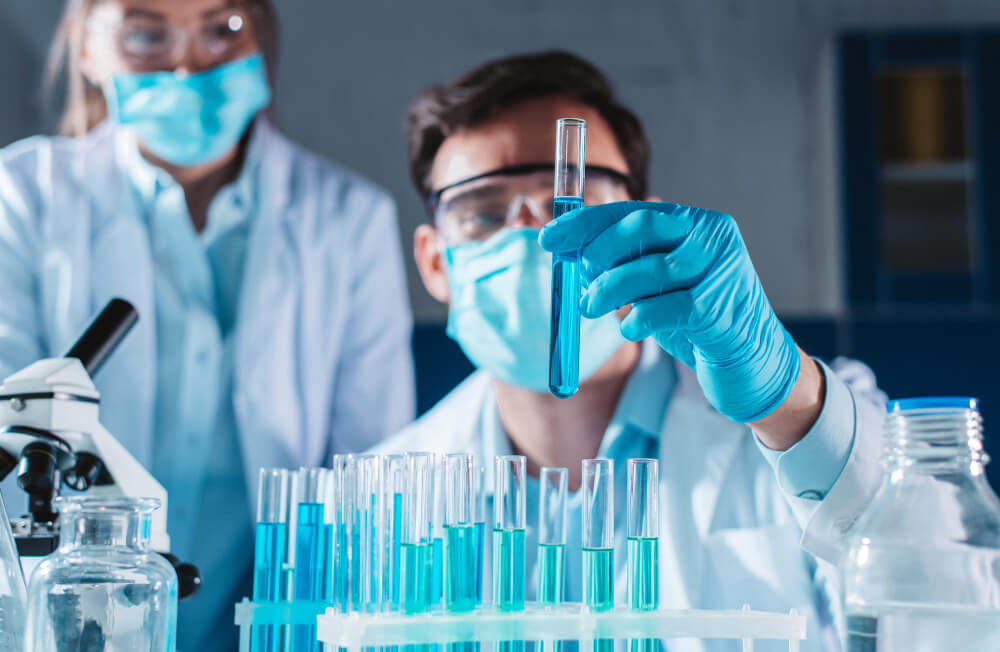
What specific regulations should a new biohacking clinic owner be most concerned about?
A new clinic owner must navigate a complex web of regulations, primarily concerning the scope of medical practice and advertising. State medical boards heavily regulate procedures like IV nutrient therapy, often requiring direct supervision by a licensed physician or nurse practitioner. Additionally, the Food and Drug Administration (FDA) scrutinizes the devices and substances used, while the Federal Trade Commission (FTC) monitors marketing for false or unsubstantiated health claims.
Understanding these distinctions is critical for legal operation and avoiding severe penalties. For example, promoting a service for "general wellness" is very different from claiming it "cures fatigue," with the latter constituting an unapproved medical claim. Therefore, consulting with legal counsel specializing in healthcare compliance is an essential first step before opening a clinic.

Besides initial equipment costs, what are the major ongoing expenses that impact a biohacking clinic’s profitability?
While the initial investment in technology like cryotherapy chambers or IV infusion pumps is substantial, ongoing operational costs are what truly determine long-term profitability. The largest recurring expenses are typically specialized labor, including the salaries of registered nurses, phlebotomists, and supervising medical directors. The cost of high-quality consumables, such as pharmaceutical-grade vitamins for IV drips and peptides, also significantly impacts profit margins.
Furthermore, clinics face hefty malpractice and general liability insurance premiums due to the perceived risks of the services offered. Other major expenses include marketing budgets needed to educate and attract a niche clientele, rent for a professional medical-grade facility, and specialized software for booking and client management. These continuous costs must be carefully managed to ensure the business remains financially viable.

How do successful biohacking clinics market their services without making unapproved medical claims?
Successful clinics master the art of marketing wellness and optimization rather than disease treatment. Their messaging focuses on benefits like enhancing energy, improving cognitive function, or accelerating recovery, which are generally permissible wellness statements. They build authority through educational content, such as blog posts and seminars that explain the science behind a therapy without promising a specific medical outcome.
This strategy is often paired with a strong emphasis on client testimonials and building a community around the brand. By highlighting the client experience and focusing on achieving personal performance goals, clinics can generate powerful social proof and word-of-mouth referrals. All marketing materials are typically reviewed by legal experts to ensure they comply with strict FTC and FDA guidelines, protecting the business from regulatory action.
Discover the most comprehensive functional medicine training, longevity training, and biohacking certification programs designed specifically for healthcare professionals, medics, and clinic owners who want to master regenerative medicine protocols and anti-aging therapies. Elevate your practice and lead the future of wellness with Talking Longevity.





